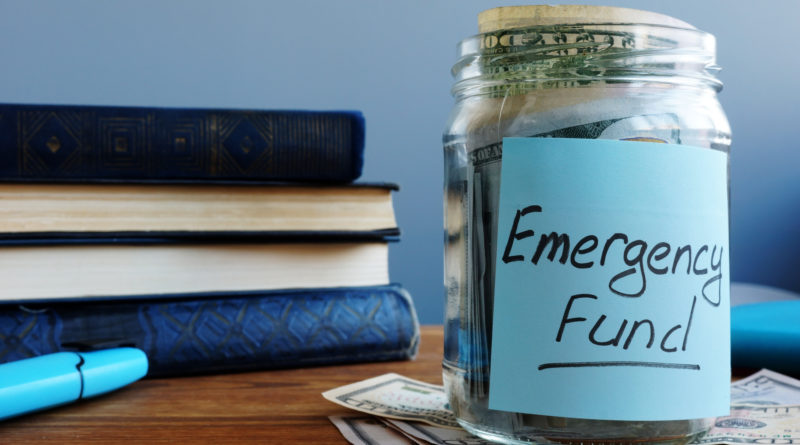How to Create an Emergency Fund
889 total views, 1 views today
Creating an emergency fund is a key part of reaching your financial goals, as a medical emergency or major car repair can set you back significantly if you’re not prepared for it. How should you save for an emergency fund, and how much do you need to save? Read on below for some key tips and tricks.
Decide on a goal
If you’re reading this, you most likely are set on creating an emergency fund, but how much do you need to save up? Having a concrete goal can help you have something to reach for and let you have the satisfaction of reaching your goal, knowing you’ve done well!
Personal finance experts often recommend six to twelve months of living expenses saved up as a start. Once you’ve reached that number, you’ll be able to use the saving habits you’ve built up to save for a new car, a home, or a smart investment.
Track your spending
To start saving up money for an emergency fund, it’s important to know where your money is currently going. Try to track your spending for a month so you have an accurate idea of how much you’re spending and what you’re spending the most on, and this will give you a good idea of where you can afford to cut back. There are a variety of personal finance apps with great tools for tracking your spending, or you can simply use a digital spreadsheet or the notes app on your smartphone.
Cut costs on things that are unimportant to you
While building up an emergency fund is an important step towards financial security, it doesn’t have to mean completely eliminating everything you enjoy spending money on. To put aside extra money while maintaining an enjoyable lifestyle, cut costs as much as you can on things that are unimportant to you.
As personal finance guru Ramit Sethi says, “Spend extravagantly on the things you love, and cut costs mercilessly on the things you don’t.” If nice cars aren’t the most important thing to you, consider trading in for a used car a few years older than yours. If you know how to cook and aren’t passionate about eating out, try meal prepping! This way, you’ll be able to save up money while still enjoying the things you love.
Keep your emergency fund separate
While you could technically just save up for an emergency fund in your checking account, having easy access to your money makes for more of a temptation to spend it. For the best results, move your emergency fund to a savings account with a different bank than your checking account. This way, it’ll take a day or two to transfer money from your savings account to your checking account, so you’ll have extra time to really consider whether you want to spend it or not.
In addition to helping you save your money, separate accounts are great if your debit card is stolen or someone gains access to your bank account. With separate accounts, they won’t be able to access all of your money.

